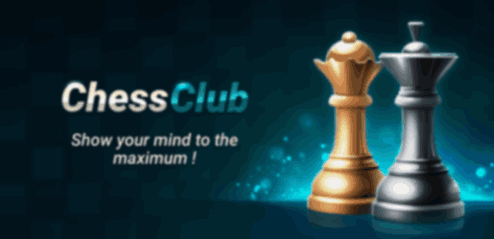Every day, individuals from many walks of life and civilizations come together to play the ancient game of chess. Chess is a board game for two players, called White and Black, each controlling an army of chess pieces, with the objective to checkmate the opponent’s king. This game is available for both Android and iOS like chess android/ chess iOS
5 Benefits to Play Chess
1. Chess Brings People Together
Over 1500 years have passed since chess’s inception, making it one of the world’s oldest games. As chess has traveled over the world, it has developed into the game we know today. People of many ages, nationalities, and socioeconomic statuses have found common ground in their shared love of the game via this adventure.
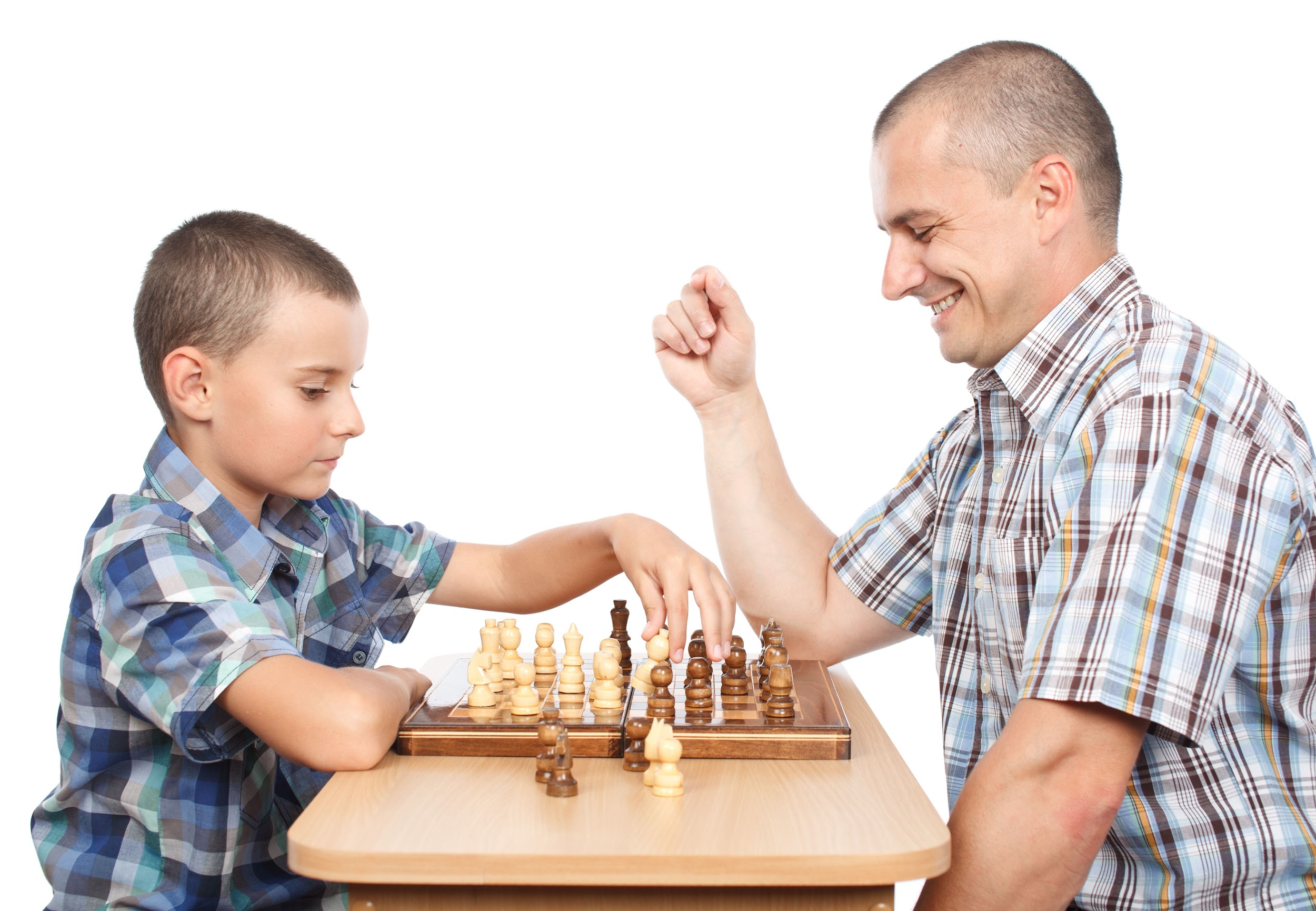
Chess brings all ages together!
2. Chess Teaches You How To Win And Lose
Everyone has a natural desire to triumph, but it’s also necessary to have a healthy tolerance for defeat. The old adage goes something like, “You either teach or you learn.” The most essential thing is to take those lessons to heart and return stronger than before. In the face of defeat, we must, like in life, pick ourselves up and try again, this time better prepared. The ability to accept victory graciously is a valuable life skill that may be honed via regular chess play.

If you lose a game of chess go back and learn from your mistakes.
3. Chess Helps Children Realize The Consequence Of Their Actions
There has been a worldwide scholastic chess boom during the last decade. The game of chess does more for kids than only help them become better players or improve their ratings; it educates them early on that their actions have repercussions, both positive and negative. Playing too fast and rushing your judgments might have bad consequences, whilst taking your time and thinking your moves through can be beneficial.
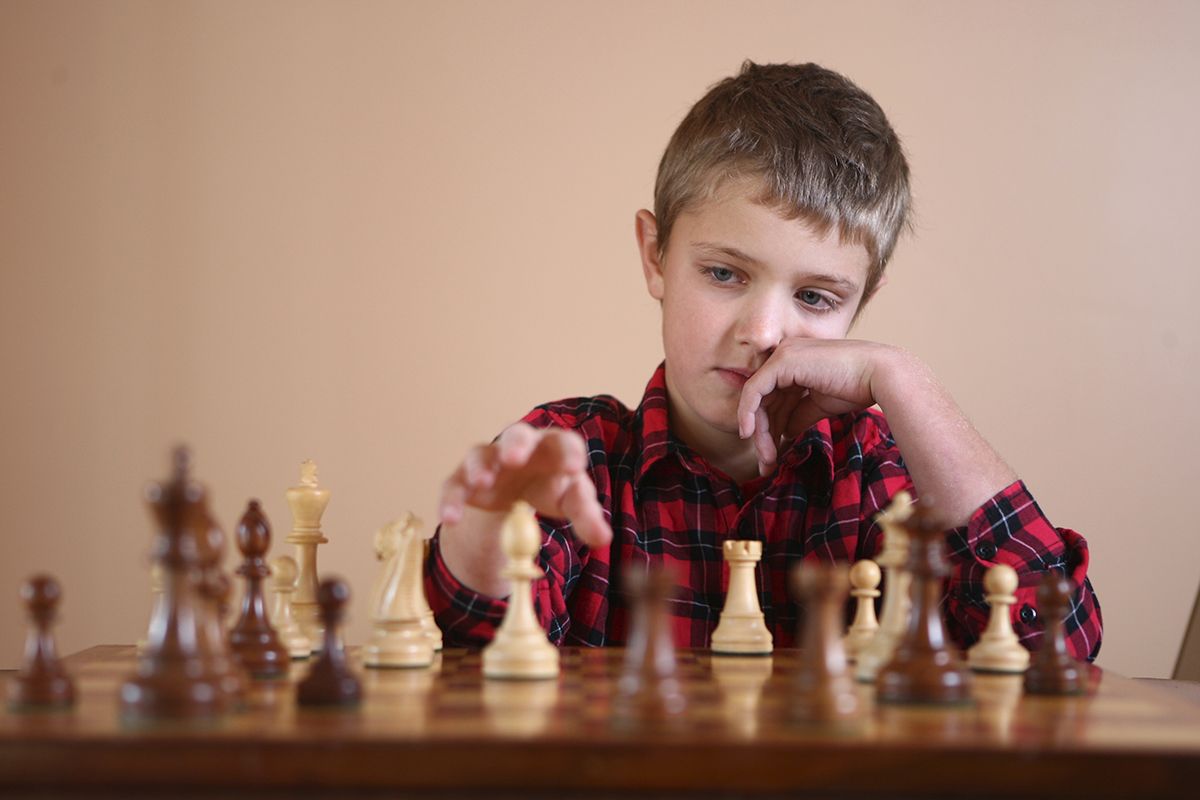
Chess can help children develop important character traits.
4. Chess Helps You Focus
According to chess grandmaster Bobby Fischer, “Chess demands total concentration.” After playing like a grandmaster for 30 moves, a player might lose the game by making a simple mistake on move 31. This laser-like concentration is a valuable skill while juggling a full course load, a demanding job, and looming deadlines.
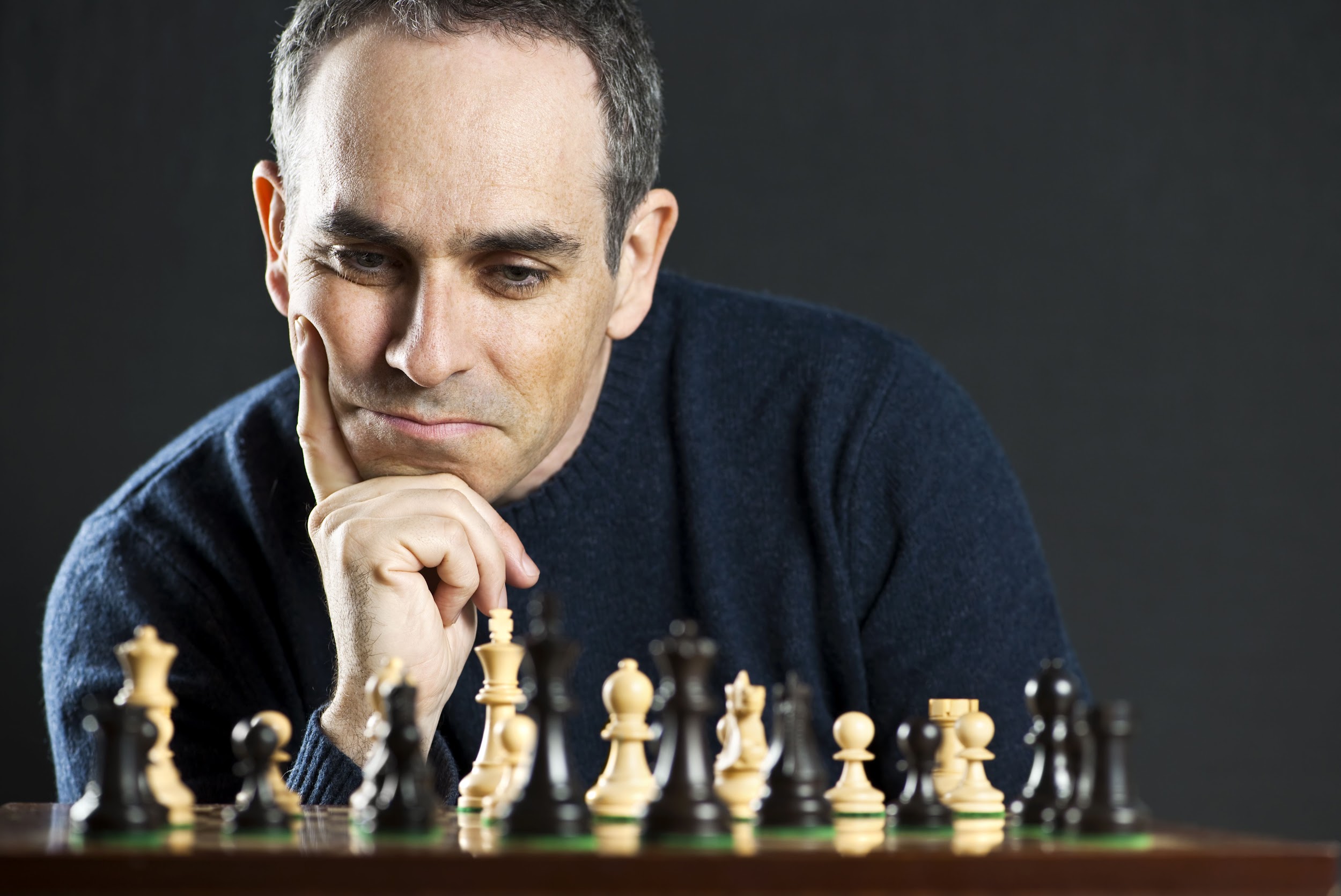
Chess can help a person develop discipline and focus.
5. Chess Is A Great Educational Tool For Schools
There’s a solid reason why before-, during-, and after-school activities are so well-liked. Students may participate in a chess club at their school for little to no out-of-pocket expense. A chess club or class is a great way to bring together kids of varied ages, socioeconomic backgrounds, and abilities.
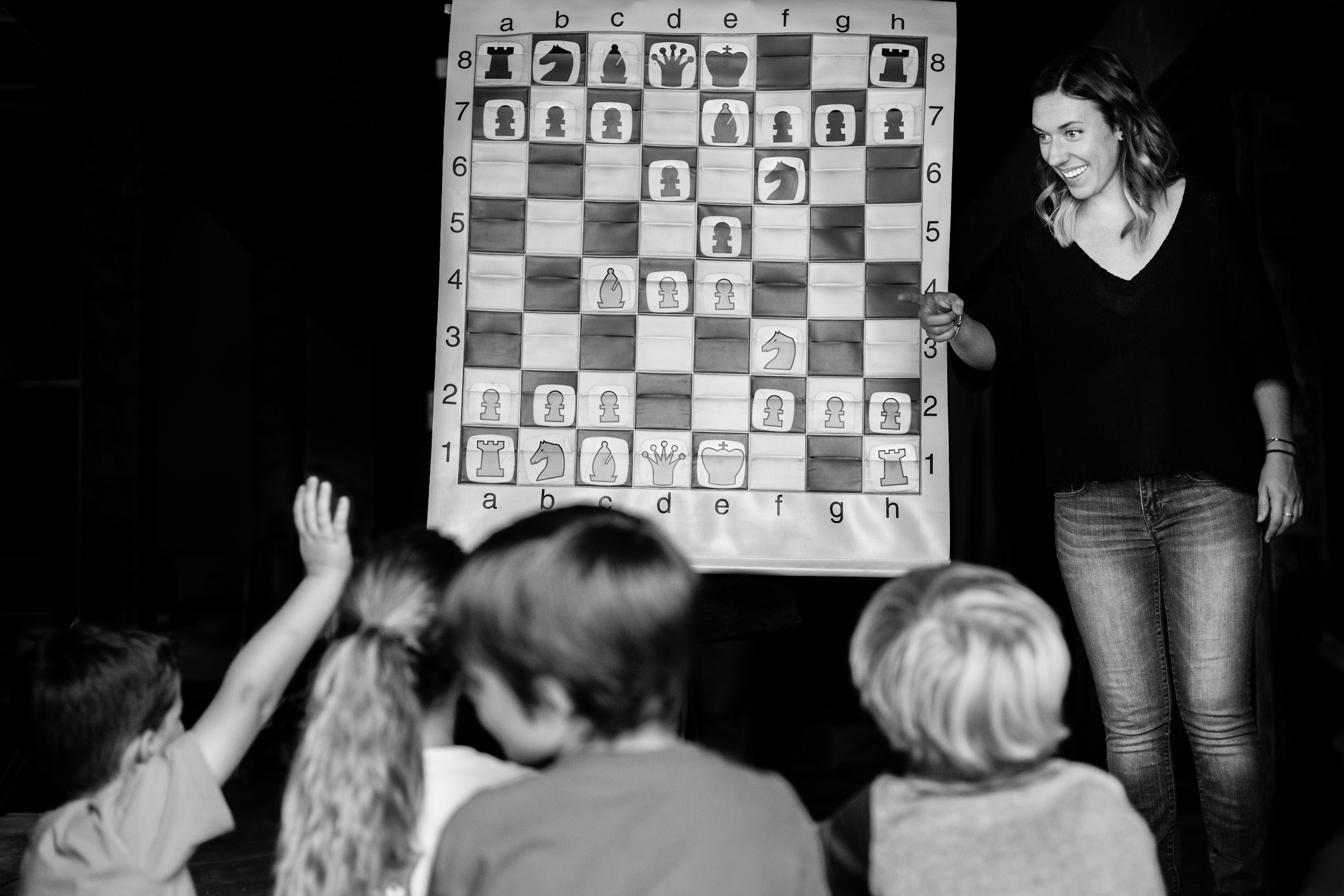
School chess programs create great opportunities for students socially, emotionally, and academically.
4 Basic Chess Rules for How to Play Chess
1. The player with the white pieces makes the first move
2. Each player takes turns making one move at a time
3. Every Chess piece moves in a unique way
4. Rules of Checkmate and Draw
Let’s know in detail:
1. The player with the white pieces makes the first move
The player who moves the white pieces in a tournament game of chess is usually chosen at random. This may be decided in a variety of ways, including by tossing a coin, rolling some dice, or casting a lot.
Choosing who will move first with the white pieces is a more formal procedure in tournament play. It’s possible to link up players based on their allocated numbers or rankings. In a chess game, the player with the higher or lower rating may get to select whether they play white or black pieces.
To choose who plays white or black in a friendly game, participants may either agree to switch colors at random or employ a random technique like flipping a coin or rolling a Dice.
It’s important to remember that in chess, piece color is mostly symbolic and doesn’t provide any distinct advantage to either side. It’s more typically a question of strategy or personal taste than of tactical benefit when deciding which hue to play.
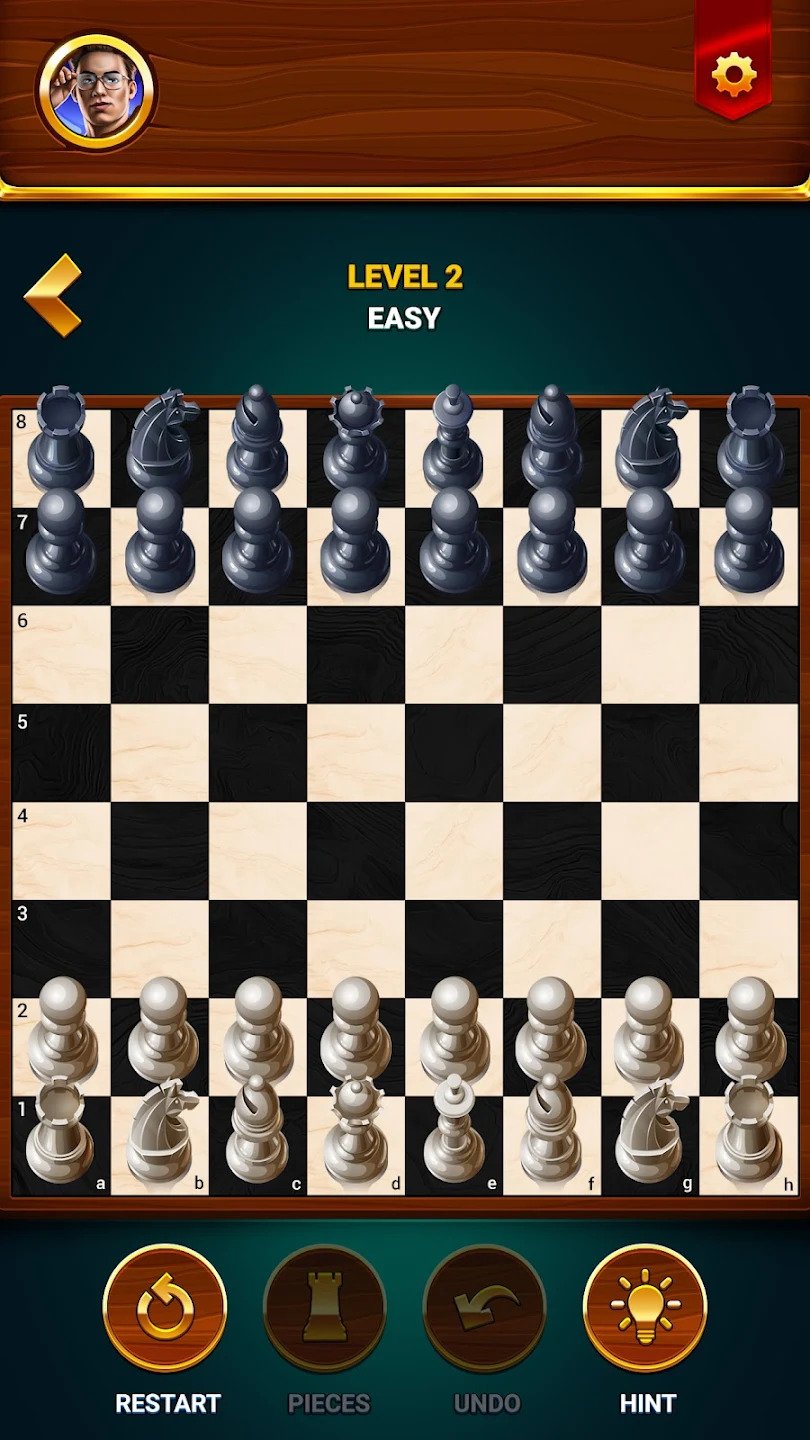
2. Each player takes turns making one move at a time
In chess, a piece may only advance to an empty square or to the square of an opposing piece, which it subsequently captures.
3. Every Chess piece moves in a unique way
Chess is one of the most engaging and difficult pastimes since each piece has its own unique style of traveling around the board. Read on to find out the various moves that may be made by your chess pieces. You may also think of them as beginning chess tips!
Pawn: Although the weakest piece on the board, pawns have their uses in controlling the board and preventing the opponent’s pieces from moving. The initial move of a pawn is usually one or two squares ahead, and subsequent moves are always one square. In chess, pawns may only move forward one square diagonally to capture other pieces.
Rook: Rooks are strong pieces that may move any number of squares in either horizontal or vertical directions. They’re useful for controlling open files or launching long-range attacks on the opponent’s pieces.
During a knight’s movement, two squares are taken in one direction, followed by one square taken in the other way, creating a “L” shape. They’re the only pieces that can surprise opponents by jumping over them.
Bishops may traverse any number of diagonal squares. They serve mostly as long-range attackers and diagonal controllers.
The queen is the most powerful piece in chess, with the ability to move any number of squares in any direction. It’s a common tactic for dominating the middle of the board and launching simultaneous attacks on the opponent’s pieces.
King: The king is the most vital but also the most vulnerable piece on the board. It is employed to guard the other pieces and dominate the center of the board, and it may move one square in any direction.
To be successful in chess, one must learn the strengths and weaknesses of each piece and use them strategically. Through online Chess lessons, you may also get advice from professionals all around the globe.
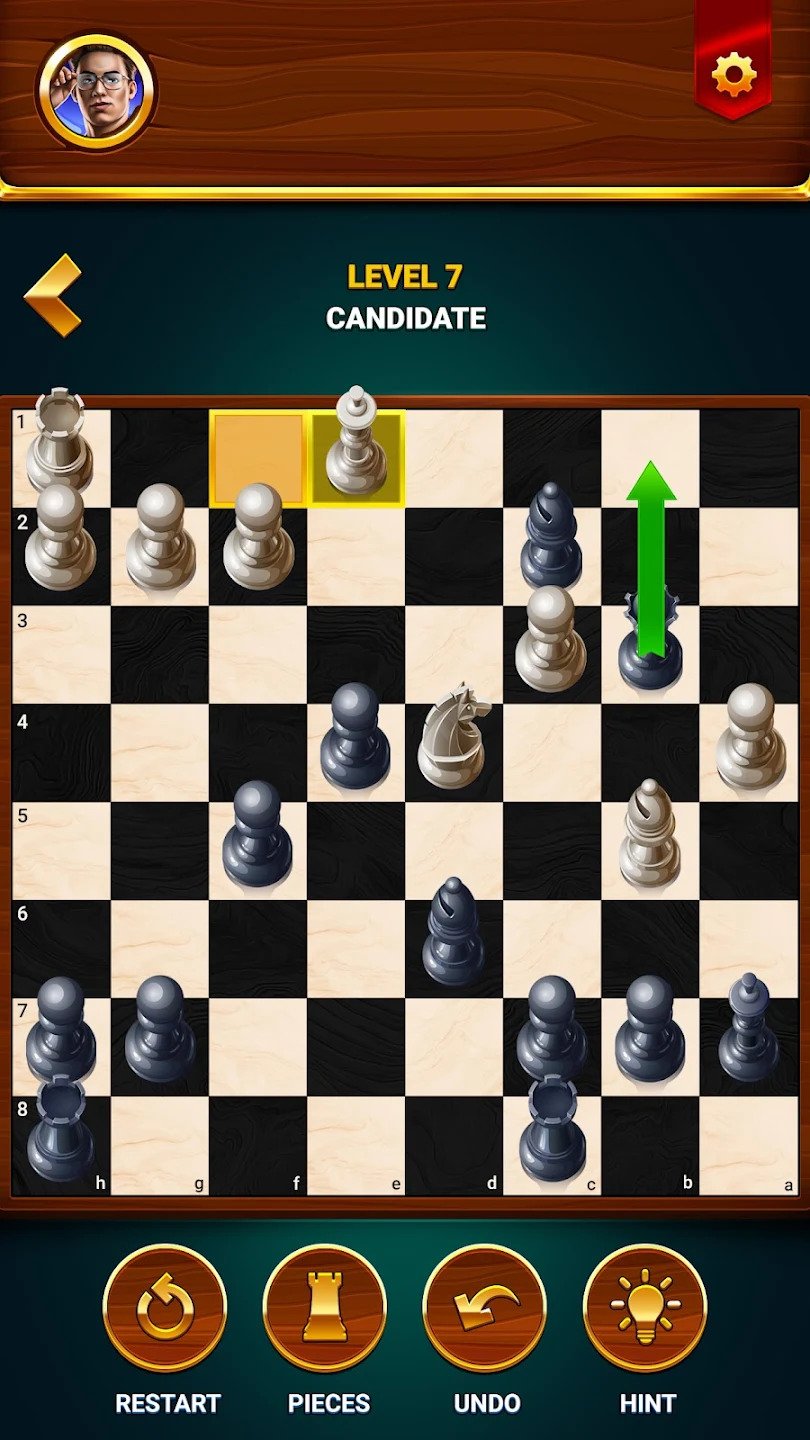
4. Rules of Checkmate and Draw
When a player’s king is threatened (in “check”), they must take action to save their throne. The king may be moved, the assaulting piece captured, or an opposing piece blocked to achieve this.
With no lawful move to save the king, the game is ended and the player who successfully checks the opponent’s king is declared the winner.
A “stalemate” occurs when one player is not under check but also cannot make any legal movements. When one player tries too hard to win and the other player’s king is trapped in check and unable to move, a stalemate results.
The weaker player might occasionally salvage a draw from such a predicament by knowingly allowing their pieces to be captured until a draw is reached.
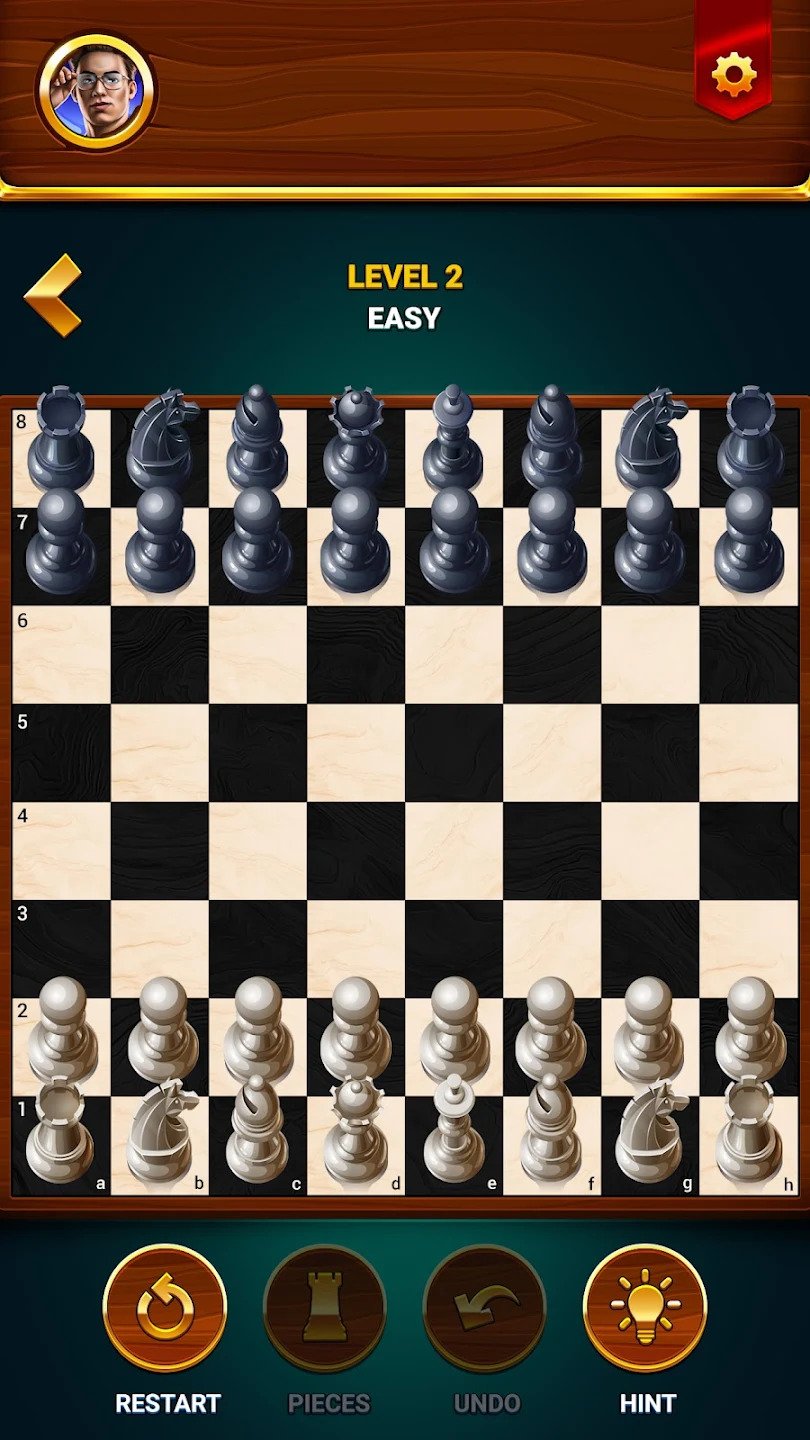
If the same player is to move while the board is in the same position three times, the game is a draw by “threefold repetition.”
A player must declare a triple repetition to the arbiter or their opponent, and both players must be aware of the position being claimed. It’s important to remember that the repeat may happen at any time, as long as the board state is unchanged and the same player is up next.
To avoid running out the time or frustrating their opponent, players are limited to three repetitions of a single move. It also aids in stopping a player from using a little edge to win in a hopeless endgame situation.
After 50 moves, if neither player has captured or moved a piece, the game is considered a draw under the “50-move rule.” In order to claim a draw before making the 50th move, the rule only applies to the player whose turn it is. In the event that the player does not claim the draw and instead makes a move, the countdown to 50 moves begins anew.
It’s important to remember that the 50-move rule doesn’t always apply and that not all endgame scenarios fall within its purview. There are several versions of chess where the 50-move rule is handled differently.
A player may withdraw from the game at any point if he or she decides they cannot win.
Features of ChessClub
- This offline Chess app is free.
- Play Chess vs. COM.
- The board game offers 8 different levels of difficulty.
- Do you want to learn chess or need some help? Use the Hint function in the game to see the best move possible.
- When you make a mistake, you can undo your move and try again.
- How many Chess games did you win? How many did you draw? View your personal stats and try to improve them!
- Amazing graphics and low app size.
- Play with 2D or 3D pieces.

